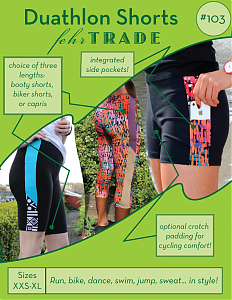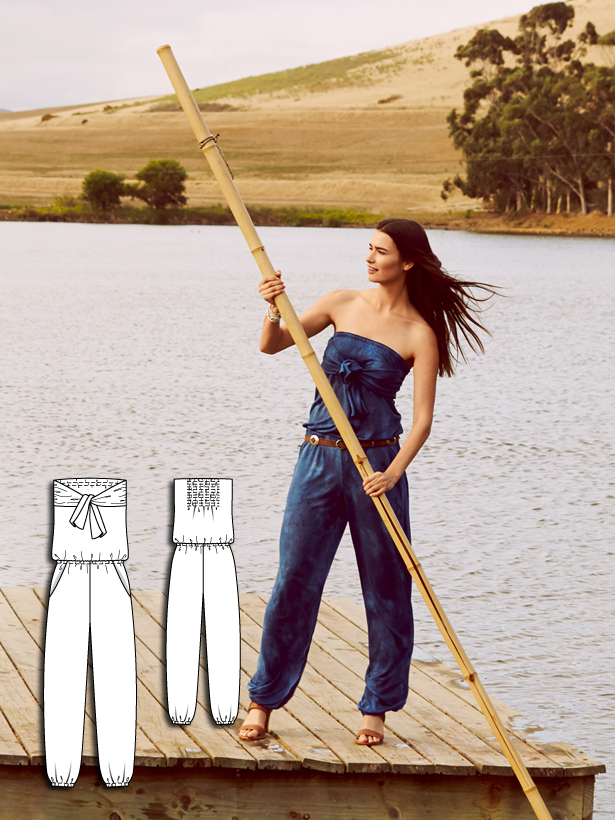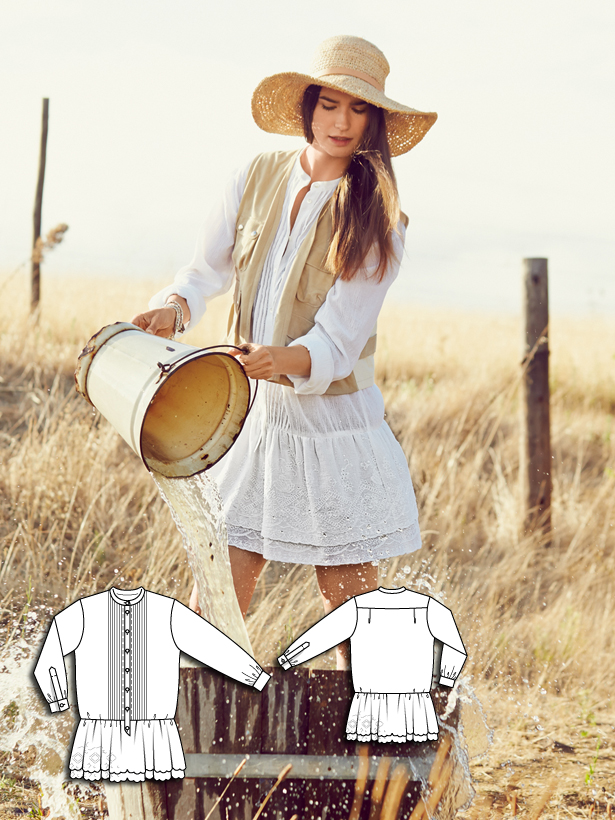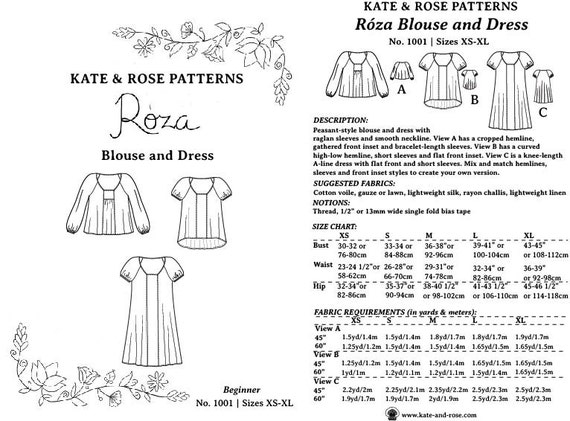So, you know about Sewing Indie Month, right? If not, the soundbite is: 21 independent sewing pattern designers joining forces to showcase and celebrate their growing numbers and reach.
You can get the whole scoop--including links to the participating indie designers, sew-alongs, contests and prizes--over at
Rhonda's Creative Life (among other places), which is where I heard about the event on May 1.
Seeing these companies, who are after all competitors, banding together to build excitement about their niche got me thinking about all the things the indies are doing right--and what that is likely to mean for the future of home sewing.
If I worked at one of the Big Four pattern design houses (Vogue, McCall's Patterns, Butterick and Simplicity) or their subsidiaries (for example, New Look and Kwik Sew), I would be viewing the emergence of so many new options for sewers with growing alarm. Here's why:
Reason #1: Collaboration
As Sewing Indie Month and
Perfect Pattern Parcel show, the indies have come up with a clever strategy for leveraging their individually tiny companies against the big guys: by collaborating and supporting one another, they will be able to grow their collective audience exponentially. Rather than going it alone, they are working together to present indie patterns as a new and appealing alternative to traditional sewing pattern options.
Sewing Indie Month even has a contest focused on creating looks from two or more indie companies! If that's not a sign of embracing collaboration, I don't know what is.
Wanett of Sown Brooklyn is heading up this contest, so check out her site for more information and inspiration.
 |
| Closet Case Files Nettie Bodysuit with By Hand London's Flora Skirt |
Reason #2: Community
Just today, the McCall's Pattern Company excitedly posted on Facebook: "We've gone social! Find us on Twitter, Instagram, Pinterest, and, of course, Facebook. We'll talk patterns, sewing, sales, tips and more!" Good timing--if this were 2011. Indies have embraced social media and have built communities of supporters and fans by reaching out to bloggers, establishing active presences across multiple social media sites and encouraging interaction with their brands. From the outside looking in, it seems as though the leadership at the major pattern companies is just now recognizing that using social media effectively is going to take more commitment than assigning Facebook duty to a junior employee in his or her spare time.
 |
| Before launching her pattern line, Melissa of FehrTrade was an extremely active member of the online sewing community since 2005 |
Reason #3: Identity
Indie pattern companies have done a great job creating distinctive identities for their companies. Every aspect of their presentation, from their logos to their websites to the language they use in their blog posts, communicates important information about the personality of the brand and its customers. Understandably, the major pattern companies don't have the luxury of defining themselves so precisely. They use conventional models and well-established graphic customs to present their designs. Their customer must translate that information to get an idea of how a pattern might look on her, rather than on a tall, slender model or in a fashion illustration. Most indies make it easy to see exactly how real people are interpreting and wearing the designs, helping the sewer to quickly understand whether she is their target market.
 |
| Colette Patterns has had a strong graphic identity and a distinctive voice from its early days |
Reason #4: Support
Indies are really winning in this category, with amazingly detailed, helpful and thorough step-by-step tutorials and sew-alongs. There are so many that it is difficult to single out a few to mention, but these jump immediately to my mind:
The amazing thing about these information resources is how valuable they are as general information. I learned so much from the Carme blouse sew-along, though I'm sure I'll never purchase the pattern (not really my style and out of my budget--but
it's lovely!).
Reason #5: Freebies
With their $1 pattern sales, I ought to feel like the major pattern companies are practically giving away their wares (because that's true), but nothing gives a warm, fuzzy feeling like a free pattern. It's a low-risk way to give a new company a try, and independent pattern companies have created a plethora of versatile, useful free patterns in many different categories. It's clear from my sewing blog feed that these patterns aren't just out there, they are incredibly popular, with enthusiastic reviews of free patterns appearing every day.

Don't get me wrong--both major pattern companies and independents are well-represented in my pattern cabinet, and I admire many aspects of the major pattern companies' offerings, business model and role in the history of home sewing. But I think they need to take a very serious look at the smart ways independents are using the advantages of their small size and direct connection to the active online sewing community to grow and to flourish. It's an exciting time to be a passionate seamstress, and I for one am looking forward to trying out some new indie designers I've discovered as a result of Sewing Indie Month.













































